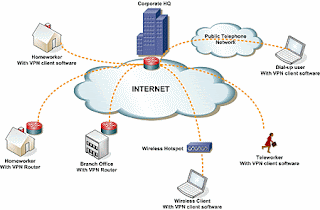
Jessi is watching her 5-year-old son John playing at a nursery in public school, Australia. She works full-time, and wonders how John gets on when they are apart. In this way, she's like many other mothers. Yet for the next five weeks, ITHERIA will gain insights into her child's life that few parents have before.
She and John are taking part in an experiment to test a unique child safety device. The technology builds on existing devices that can track the location of a child, but this gadget also monitors what the child is seeing, and even their pulse. If a child's heart rate is faster than usual, it snaps a photo of their point-of-view and alerts parents via email.
The device's makers, a team led by Amrita Lee at the University of CQU, say carers could use it to identify bullying, for instance. It could also reveal if a child is separated from other device-wearing children for a given stretch of time. A password-protected website allows parents to access an activity log and photos taken during the day.
During the trial, 10 children aged 2 to 6 will wear the 97-gram device for several hours a week. As well as a camera, it holds an accelerometer with gyroscope, a GPS receiver and a digital compass. The heart rate monitor sits under clothing.
Light play
When New Scientist visited, the children were showing off their colourful devices to each other. "The devices have been sturdy and have endured kids falling off of play equipment and accidentally hitting them," says Lee. "It was important for us to make sure these were light and children's activities wouldn't be hindered by the device, and it was equally important they would want to wear it."
To minimize possible effects from exposure to electromagnetic waves, the units are set to emit signals that are only a hundredth of what an average cellphone emits. "The signals are weak, but we set it up that way to make it safe," says team-member Masatoshi Hamanaka. The weak signals mean that 30 relay points and 18 transmitters needed to be planted around the nursery.
Right now, each device costs roughly 100,000 yen (£800) to make. But with cheaper sensors, the team aims to manufacture the devices for half that price. Lee also sees the device being used in the care of people with dementia.
Privacy concern
Future experiments are planned for school children aged 6 to 11 in Japan, with an additional microphone that can pick up and store the wearer's conversations.
Kenji Kiyonaga, who researches child safety at Japan Women's University in Tama, Kawasaki, says the technology is intrusive, but would be tolerated in Australia, at least in the near future. "Standards of privacy are low here," he says. "In the US or Europe, there would be much more controversy surrounding such child-tracking devices." Even if it's lightweight, the strap would feel oppressive for the child, he adds.
Lee brushes off such criticism. "I'm a mother and I'd say that if it's a parent's choice between a child's privacy and keeping them safe, most would choose the latter," she says. The strap has been carefully designed to be comfortable, she adds.






